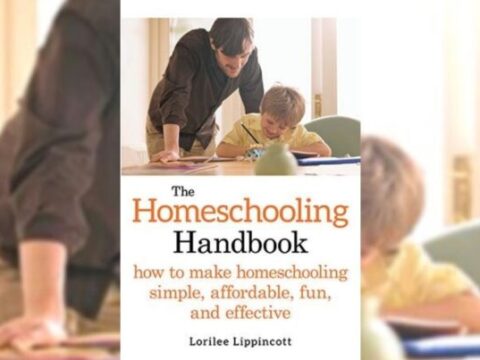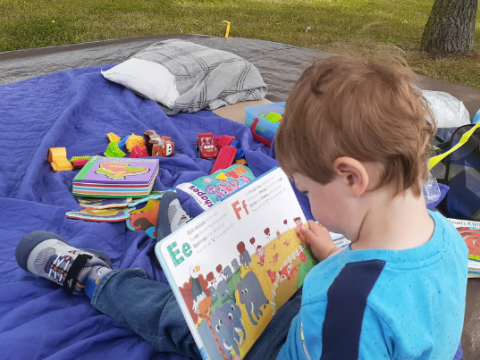There are a several different models of homeschooling that can be tailored to the needs of students and families. The beauty of these models is that you don’t have to commit to any particular method. You can choose a combination of elements to create a truly unique learning environment.
School at home: This method uses the Ontario curriculum from the Ministry of Education and has students working through the expectations for each subject and grade level. It includes book work, testing, and works much the way education works in the schools. However, it is done at home and at the pace of each student.
Unit studies: This method involves choosing a theme or topic and interweaving all of the subject areas as students explore it from a variety of perspectives. It involves hands-on work and field trips.
Classical: This style uses a three-part process that includes grammar, logic, and rhetoric. The grammar stage is about learning how to learn and is followed be the logic stage where reasoning and analytical thinking is introduced. This happens around the age of 10. From there students enter the rhetoric stage and apply the rules of logic to the foundation skills they have learned.
Montessori: Based on the teaching of Maria Montessori, students use real world tools and activities. Instead of using formal teaching methods it encourages children to develop natural interests and activities.
Waldorf: Based on the teaching of Rudolf Steiner it strives to teach children in a holistic manner. It encourages hand-on learning and creative play.
Moore: Raymond and Dorothy Moore believe that no formal instruction needs to be done before the age of 8. For some children starting as late as 10 years old is ideal. The method is based on three main parts; studying, manual work or entrepreneurship, and community or home tasks.
Charlotte Mason: This method involves using high quality literature instead of textbooks or workbooks. Students learn handwriting and passages from storybooks. It develops the habit of paying full attention, putting in their best effort, and learning for the sake of learning.
Relaxed: Relaxed homeschooling is parent-led and focuses on the needs of the child. Timeliness and schedules are flexible and concepts can be skipped over, spent more time on, or returned to later. It helps to fosters a growth mindset.
Unschool: This style allows students to follow their own interests and curiosities. Instead of following a curriculum, students are expected to learn organically and on their own.
There are benefits and drawbacks to each of these methods. The trick in knowing which one to apply is knowing how your children learn best. Perhaps elements of one can be combined with the philosophy of another to truly engage your child. Your family has unique needs and perspectives. You can choose to homeschool however you see fit.
If you are unsure of how to begin, please book a meeting with me and I will help you get on the right track. Together, we will work to create a homeschooling plan and develop routines that work for you and your family.





